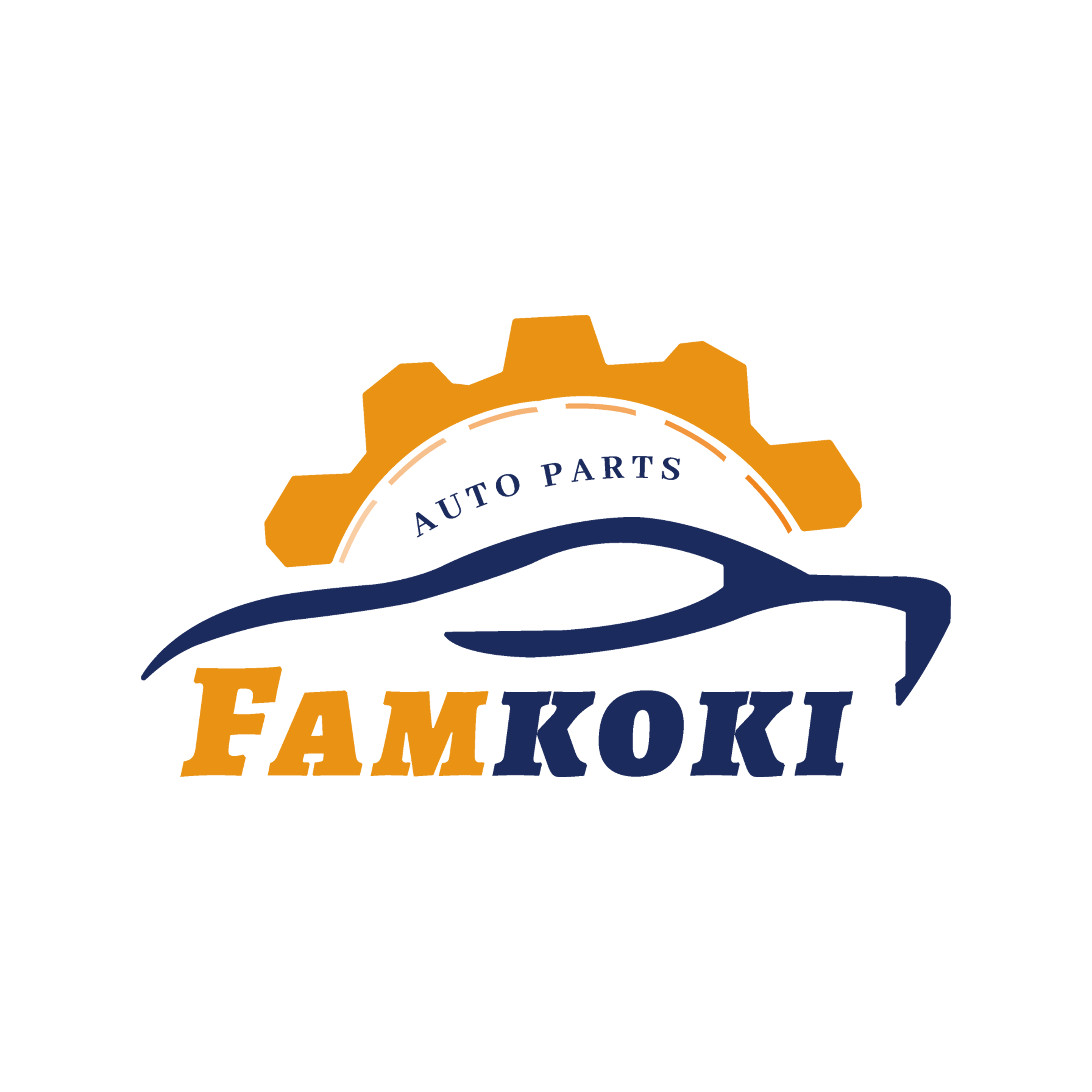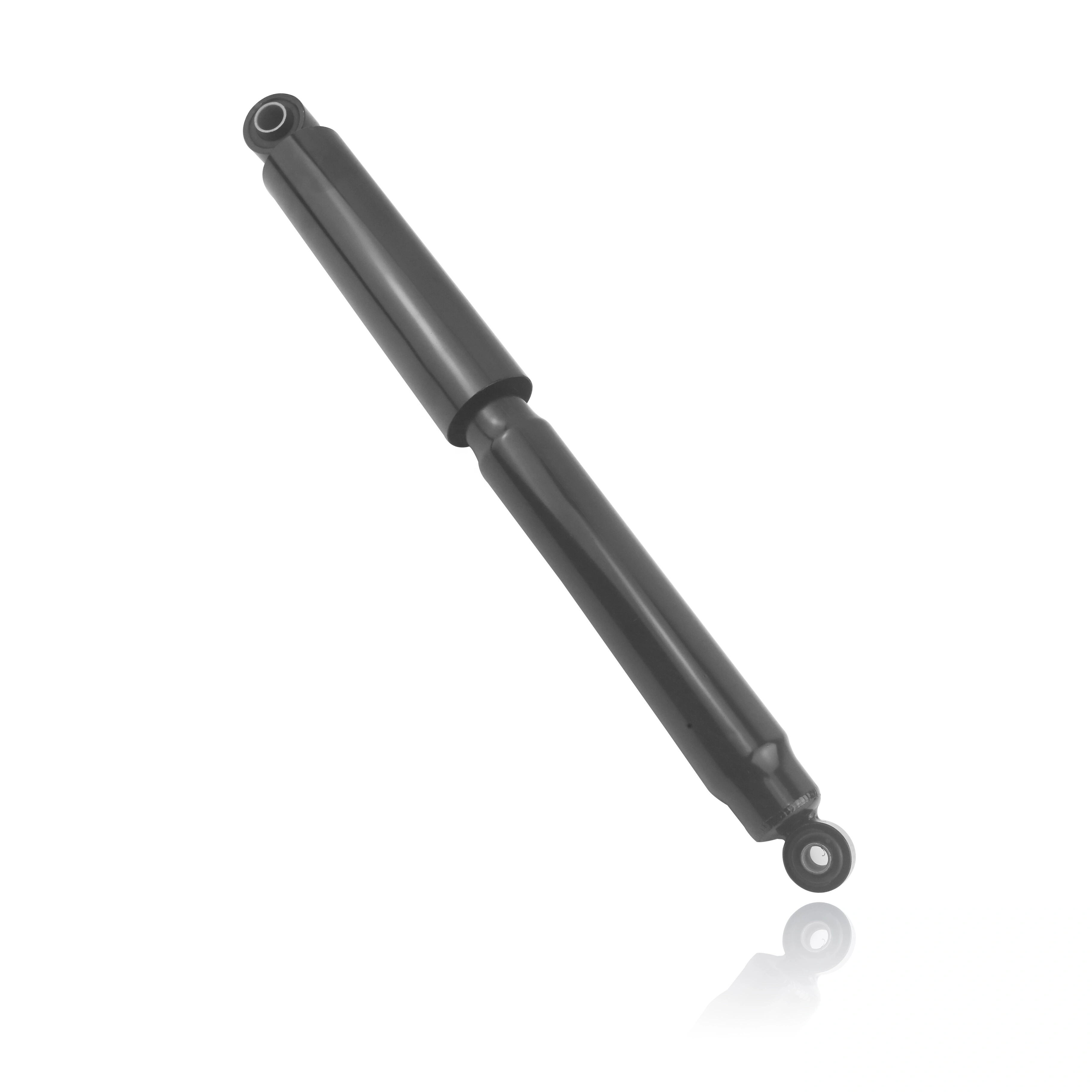Why Suspension Upgrades Are Essential for Superior Handling
The Role of Suspension in Vehicle Dynamics
Suspension systems play a pivotal role in vehicle dynamics by ensuring stability during acceleration, braking, and cornering. Their primary function is to absorb road shocks, providing a smoother ride and enhancing overall safety. A well-designed suspension maintains optimal tire contact with the road, crucial for effective traction and handling. Statistics emphasize the significance of upgraded suspension, as vehicles equipped with such systems have been shown to reduce braking distances by up to 20%. This highlights the necessity of robust suspension systems for enhancing vehicle performance and driver confidence.
How Modern Upgrades Transform Driving Experience
Modern suspension upgrades offer substantial improvements to the driving experience by integrating advanced technology that boosts responsiveness and control. For instance, variable damping systems allow drivers to customize their ride to match various driving conditions, enhancing versatility. Additionally, the use of lightweight materials in modern suspensions enhances performance without sacrificing comfort. Expert reviews consistently report that drivers experience a 30% increase in perceived handling confidence with these upgrades, pointing to their effectiveness in revolutionizing vehicle dynamics. Whether it's smoother rides on rough roads or agile handling in tight bends, modern suspension upgrades are a game changer for driving enthusiasts.
Best Suspension Upgrades for Handling: Key Components to Prioritize
Performance Shocks and Struts
Performance shocks and struts are quintessential for enhancing vehicle control, especially under dynamic driving conditions. They are designed to reduce both compression and rebound rates, which allows your vehicle to respond more quickly during cornering. High-quality shocks ensure tires maintain their contact with the road surface longer, thus improving overall handling. Research indicates that vehicles equipped with performance shocks demonstrate improved stability and control even at high speeds and during aggressive maneuvers. This makes them an essential upgrade for anyone looking to enhance their driving experience.
Coilovers for Adjustable Ride Height and Damping
Coilovers provide the dual benefit of adjustable ride height and damping settings, offering drivers the ability to customize their vehicle's setup according to their preferences and driving conditions. By lowering the center of gravity using coilovers, you can significantly reduce body roll and improve handling. Many of these systems come with adjustable dampers, allowing for tailored performance and comfort. Drivers frequently highlight the enhanced cornering performance and visual appeal that these upgrades bring to their cars, making them a popular choice for enthusiasts seeking both form and function in their suspension setup.
Upgraded Sway Bars to Minimize Body Roll
Upgraded sway bars are vital for distributing weight evenly during turns to minimize body roll, subsequently enhancing vehicle stability. These components reduce the risk of rollovers, which is especially important for high-performance or off-road vehicles. Installing thicker sway bars has been shown to improve cornering response times, with performance tests revealing a reduction in body roll by up to 40%. By stiffening the chassis, sway bars help ensure your vehicle remains level and controlled during quick maneuvers, making them a critical component of a performance-focused suspension upgrade.
High-Strength Control Arms and Bushings
Investing in high-strength control arms and quality bushings plays a crucial role in improving your vehicle's overall handling characteristics. These components provide better alignment, resulting in enhanced camber stability during aggressive driving. Quality bushings further reduce noise and vibration, contributing to a more comfortable and pleasant driving experience. By using upgraded materials, you can ensure longer-lasting performance and reduce the wear on other suspension components. Expert studies suggest that upgrading control arms significantly refines the vehicle’s handling dynamics, making it a valuable consideration for any driver focused on performance enhancement.
Benefits of Performance Suspension Upgrades
Enhanced Cornering Stability and Grip
Performance suspension upgrades dramatically improve cornering stability and grip, which are essential for achieving sharper turns and maintaining higher speeds. Enhanced grip contributes to a more controlled driving experience, especially in competitive racing scenarios. For example, a study conducted by automotive engineers indicates that upgraded suspension systems can enhance lap times by over 5%. This improvement is a testament to the critical role these systems play in ensuring that tires remain firmly planted on the road, thus offering improved traction and enabling faster cornering without sacrificing safety.
Reduced Weight Transfer and Body Roll
Performance suspensions minimize weight transfer during acceleration and braking, which promotes a balanced and stable drive. By counteracting this shift, these systems enhance driver confidence and vehicle predictability during cornering, making the driving experience not only safer but also more enjoyable. Quantitative analyses have shown that effective suspension systems can reduce body roll by approximately 30%, offering a smoother ride and precise handling. This reduction in body roll translates into increased stability, which is especially crucial when navigating challenging curves at high speeds.
Improved Ride Comfort on Varied Terrain
Upgraded suspensions can significantly enhance ride comfort by effectively absorbing road imperfections, resulting in a smoother driving experience on varied terrains. With enhancements such as improved dampers and springs, performance suspensions allow vehicles to better handle uneven and bumpy surfaces. Research highlights that drivers typically report a 25% increase in comfort following aftermarket suspension upgrades. This improved ride quality is crucial for those who frequently drive on less-than-perfect road surfaces, as it significantly reduces vehicle vibrations and enhances overall driving pleasure.
Compatibility: Matching Upgrades to Your Vehicle and Driving Style
Street vs. Track: Choosing the Right Setup
When selecting a suspension upgrade, it is crucial to identify the primary use of the vehicle, whether it is for street or track. Street-oriented suspension setups are designed to offer enhanced comfort and reliability, making them ideal for daily driving. These setups soften the ride and absorb road imperfections, ensuring driver comfort on varied terrain. On the other hand, track-focused suspension systems provide superior responsiveness and control, which are essential for competitive racing or high-speed maneuvers. Industry articles consistently emphasize that choosing the right suspension system tailored to your specific needs can drastically improve either lap performance or daily driving experience. Understanding the difference between these applications helps in selecting the best suspension upgrade to match your driving style.
Vehicle-Specific Suspension Geometry Considerations
The suspension geometry of a vehicle plays a crucial role in ensuring compatibility with performance upgrades. Each vehicle has unique suspension characteristics that must be considered to avoid incompatibilities, which can lead to adverse performance outcomes. For effective suspension upgrades, understanding the specific geometry of your vehicle is essential. Automotive experts strongly advocate for a thorough examination of your vehicle's specs before selecting components to ensure optimal performance and reliability. Incompatibilities in suspension geometry can result in handling issues, making the careful selection of appropriate parts paramount to achieving desired driving outcomes.
Installation Tips for Optimal Results
Professional Installation vs. DIY: Pros and Cons
Choosing between professional installation and a DIY approach for suspension upgrades involves considering both benefits and risks. Professional installations often come with warranties, which can provide peace of mind regarding installation errors and guarantee the work's quality. On the other hand, DIY installations can offer significant savings on labor costs but require a good level of knowledge and the proper tools to ensure high-quality results. Surveys among automotive enthusiasts reveal that about 70% of users prefer professional installation due to its reliability and assurance.
Post-Installation Alignment and Fine-Tuning
Proper alignment and fine-tuning following a suspension installation are essential for achieving optimal performance. Post-installation alignment is crucial to maximizing tire wear and improving handling characteristics, ensuring the vehicle remains safe and efficient to drive. Fine-tuning suspension settings afterward helps tailor performance to individual driving habits, whether it's for comfort during daily commutes or precision on the track. Automotive experts recommend scheduling annual alignments after any significant suspension upgrade to maintain the efficiency and responsiveness of the vehicle's handling.
FAQ Section
What are the main benefits of suspension upgrades?
Suspension upgrades offer enhanced handling, reduced body roll, improved ride comfort, and stability during high-speed maneuvers.
Should I choose street or track suspension upgrades?
Your choice depends on whether your vehicle's primary use is for daily driving (street) or competitive racing (track).
Is professional installation necessary?
Professional installation is recommended for reliability and assurance, although DIY solutions offer cost savings if you have the expertise.
How important is post-installation alignment?
Post-installation alignment is crucial to maximize tire wear and ensure optimal vehicle handling performance.
 EN
EN
 AR
AR
 FR
FR
 KO
KO
 PT
PT
 RU
RU
 ES
ES


